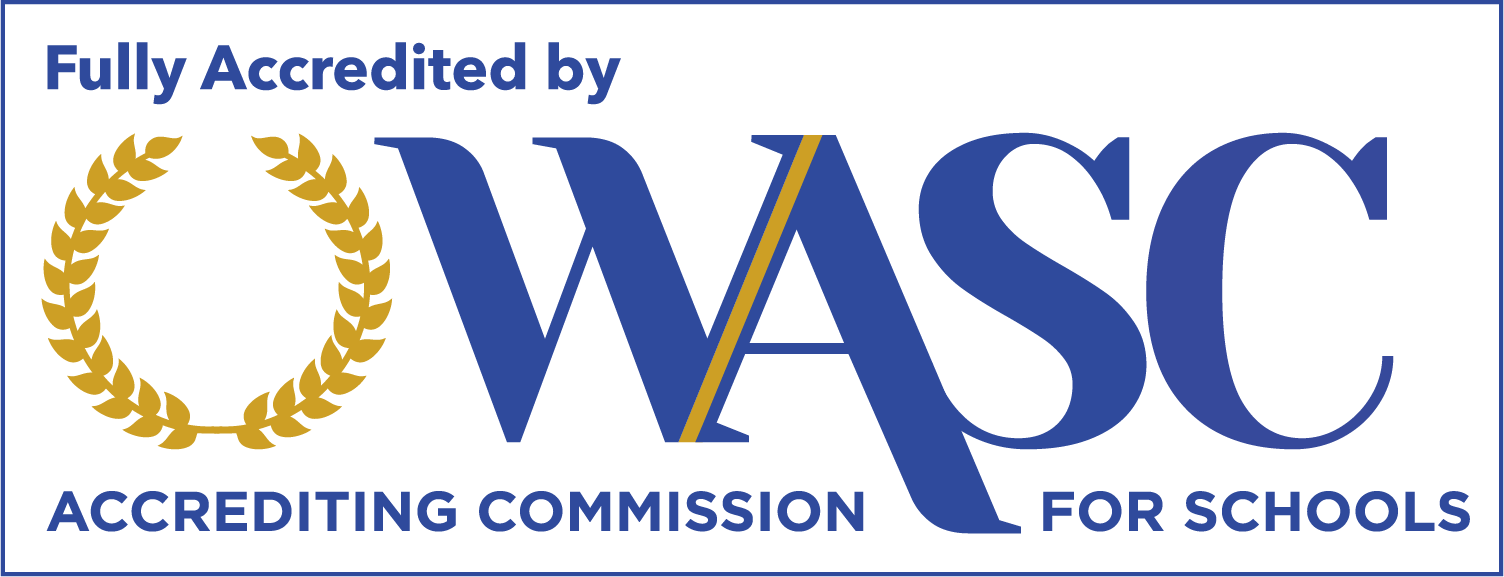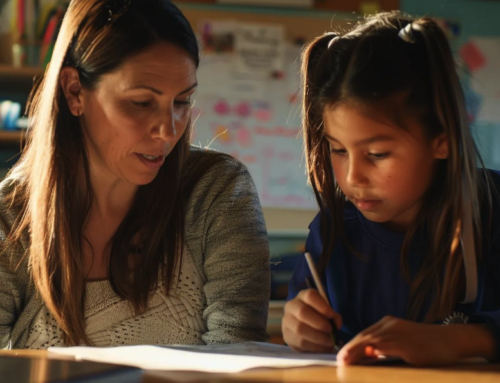Why Is My Child’s Handwriting So Messy?
Have you noticed how messy your child’s handwriting is or how little they write when they can talk up a storm? Children who experience trouble with writing might have Dysgraphia. Not to be confused with dyslexia, dysgraphia results in difficulty with penmanship and putting thoughts on paper.
Dyslexia and dysgraphia often co-exist so be on the lookout for reading struggles too. If your child finds writing particularly tedious and their work is slow and messy, dysgraphia might be their problem.
The exact number of children who suffer from dysgraphia is unknown. An estimated 10 to 30 percent of children in the US struggle with some kind of writing difficulty.
If your child has a diagnosis, or you suspect they might have dysgraphia, read on to find out more.
What Is Dysgraphia?
A clear sign of dysgraphia is when a child’s writing lacks the ordered and well-spaced lettering necessary for easy legibility. They will continue to struggle no matter the time invested or the care taken to show them how to form letters and sentences. They might also show distress or embarrassment at their lack of ability.
Children with dysgraphia are capable and happy while tasked with activities that do not include writing. The trouble starts when asked to put pen to paper.
They might appear lazy, unmotivated, or easily distracted but they are not. Writing is extremely difficult for them! Their reluctance is easily appreciated when better understood.
The truth is that a child with dysgraphia has to work very hard to form sentences, even if they appear badly constructed. The shapes, sizes, and directionality of letters are not easily recalled or written for automatic writing. Also, sentences often end in the margin of a page as they make an effort to fit what they are writing on the line. It is like they do not see that their sentence can extend to another line. In addition, remembering capitalization, punctuation, spacing, and spelling all while remembering what they want to write becomes overwhelming.
Coping With Dysgraphia
Dysgraphia is a specific learning disability in written expression. Like dyslexia, dysgraphia is neurologically based. While dyslexia results from a phonological processing deficit, dysgraphia is based on an orthographic processing deficit. In addition, many children with dysgraphia also lack fine motor skills which can affect penmanship.
In the past, teachers thought of children who struggled to write as slow, incapable or having low intelligence. Recognition of learning difficulties can increase teacher understanding and reduce the pressure on affected children.
An explanation of why they are struggling can do wonders for a child’s self-esteem. A happier child is much easier to assist than one who feels helpless. The psychological well-being of children must always take precedence in the learning environment.
Once they feel heard and understood, methods exist to improve their writing over time. Explaining that there is a reason why they have a hard time writing is sometimes enough to begin turning things around.
Dysgraphia and Writing
Helping children with dysgraphia is done on an individual level, as the severity of cases will often vary. Depending on the age of the child and other factors, each child will progress at different rates and have different needs. The National Center for Learning Disabilities suggests that each child be seen as a separate case and be treated accordingly.
As each child is affected to varying degrees, tailoring the help you offer them is of great importance. Overcoming ingrained coping mechanisms of writing avoidance usually comes first. Once the child is more open to the idea of improving, one-to-one tutoring and/or occupational therapy can be implemented with great success.
There are no hard and fast solutions to helping a child overcome their dysgraphia or get to a point where their writing is sufficient. However, using evidence-based methods to explicitly teach manuscript and cursive formation can help.
Written expression can be dramatically improved when they are afforded the attention they need using evidence-based writing instruction to help improve the writing process. In addition, teaching vocabulary and grammar will also strengthen your child’s written expression.
Assisting Dysgraphia in Children
There are a few strategies and teaching tips to ensure a solid foundation for improvement. Supplying children with paper with raised lines offers an extra sensory guide to help them stay within the lines. Try different modes for writing such as sand writing, using a whiteboard and marker or chalk and chalkboard, or even different pencils, pens, colored pencils, or markers.
Taking care that they are holding their pen or pencil correctly and applying appropriate force is helpful also. Writing exercises where the goal is to doodle, trace, or draw can help with a general aptitude for using a pen or paper. This can bolster confidence and assist with the shaping of the letters.
Be creative and patient in all aspects of the learning process. Rushing a child or becoming frustrated with their progress will only serve to damage their enthusiasm further. Praising effort and practice in an atmosphere of positivity can do wonders for their outlook going forward.
Technology and Dysgraphia
While penmanship is important, writing needs to become automatic. To assist, there is a wide range of technologies available that can help people with dysgraphia. Speech-to-text applications have improved to the point of being incredibly reliable. This allows for exams and other tasks to be completed without the need of battling with a pen or pencil.
Access to a smartphone, tablet, or computer and keyboard removes a large part of the difficulty presented when struggling with dysgraphia. When there is no need to worry about shaping and placing letters correctly, grammar and spelling, or capitalization and punctuation, children can discover a new enthusiasm for writing. Predictive text applications are also fantastic, allowing for an improved rate of workflow. Be sure to activate grammar and spell checkers to improve writing productivity as well.
These technologies are widely available, and their use will help foster confidence with words and writing in general. This helps to foster confidence and shows them that they’re capable with the proper help.
Overcoming Dysgraphia
There are many ways to help a child improve their writing and a lot of options available to ensure their writing ability will not be a permanent roadblock to success. Penmanship should be legible enough to fill in a form or job application and written expression should convey their true abilities and thoughts. Children with dysgraphia need help to get to that point.
If you think your child has dysgraphia, we can help. Contact us today. We would love to work with your child to overcome their writing challenges!




